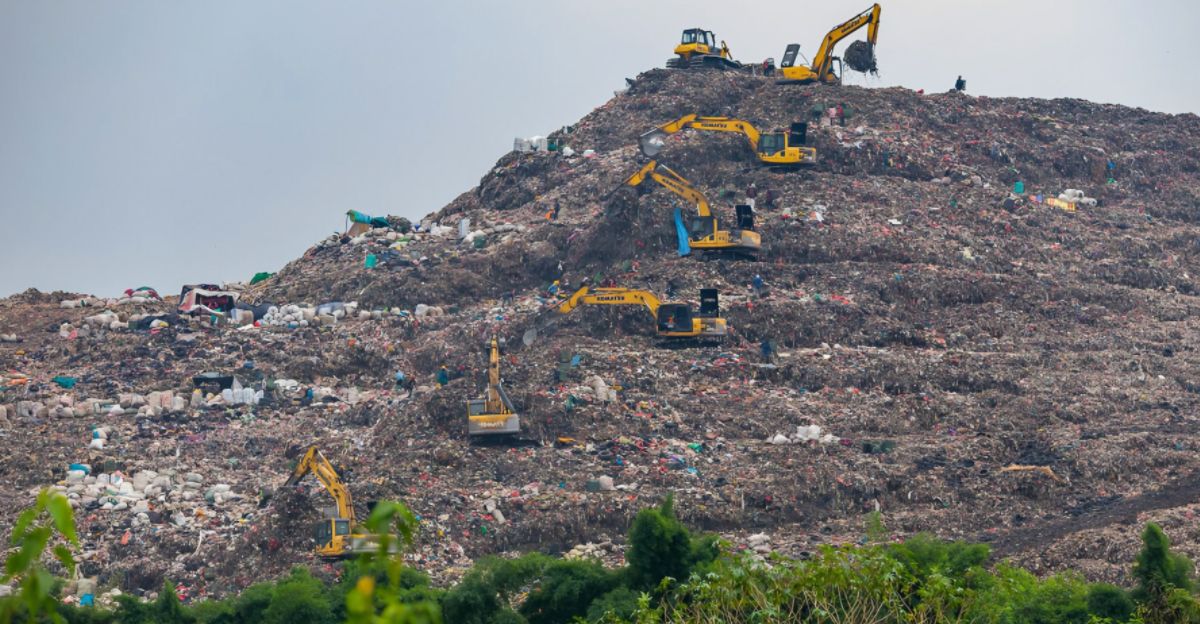
Malaysia shocked the world and the global recycling industry by announcing that it will no longer accept plastic waste from the United States, effective July 1, 2025. America began shipping its plastic waste to Malaysia when China enacted a similar ban, but this agreement has now ended.
For California, which shipped over 10 million pounds of plastic to Malaysia last year (according to the Basel Action Network), this isn’t just a policy shift—it’s a full-blown waste crisis, with ripple effects across the state’s ecosystem. With the world watching, the question is: What happens when California’s trash begins to build up?
Why Malaysia Said “Enough”—The Basel Convention and an International Wake-Up Call
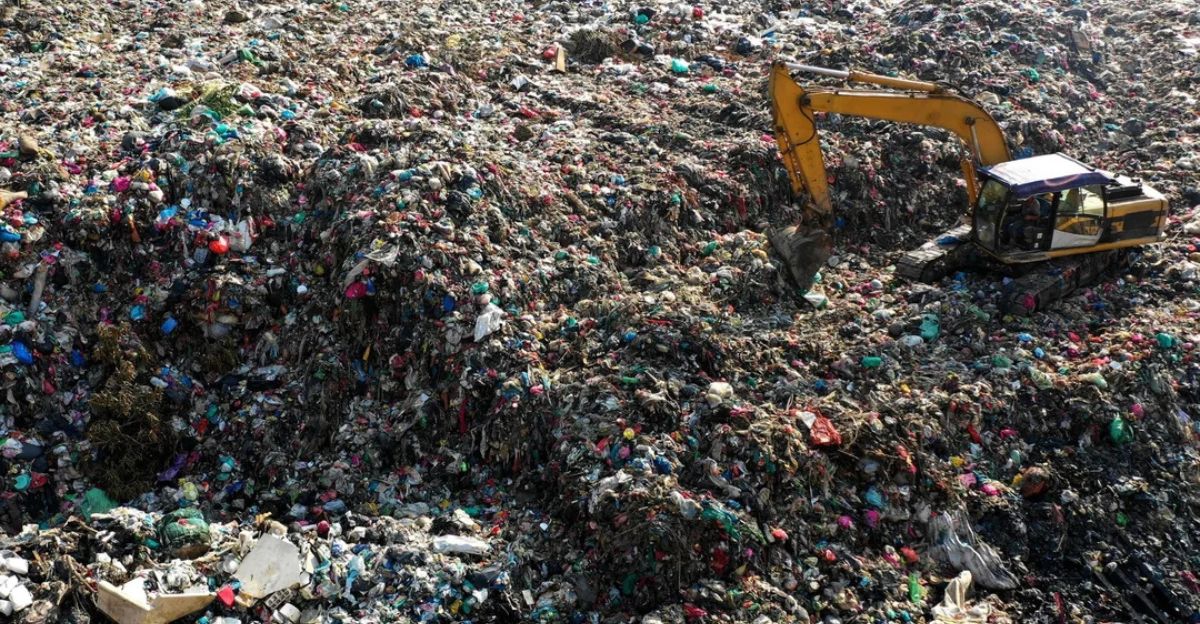
Malaysia’s ban results from the Basel Convention, an international accord aimed at reducing hazardous waste shipments and promoting safe disposal practices. The U.S. refused to sign the treaty, and thus, its trash shipments are becoming more troublesome by the day.
Overwhelmed with poisonous and incorrectly labeled imports, Malaysia has finally said enough is enough as Environment Minister Nik Nazmi proclaimed, “We do not want Malaysia to be the world’s rubbish bin” (The Los Angeles Times, 2025).
The Tipping Point—Illegal Dumping, Toxic Smoke, and Local Uproar
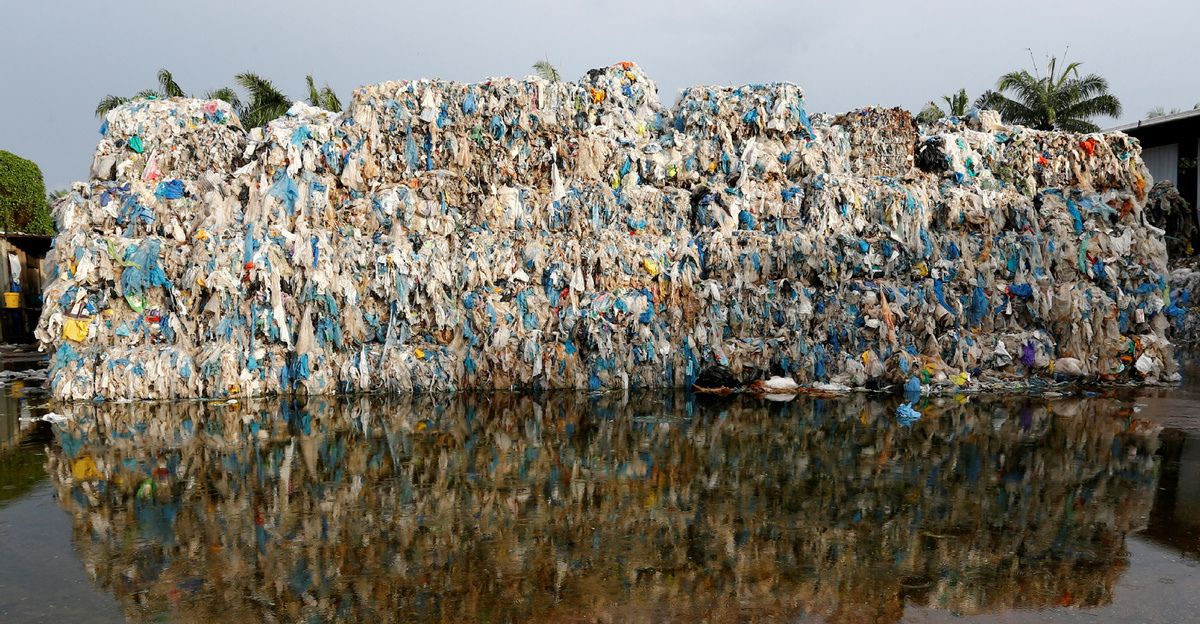
Malaysia’s decision didn’t happen in a vacuum; parts of the country have faced decades of unauthorized dumping, open-burning, and increasing health complaints.
Residents in cities like Jenjarom and Klang complained of toxic air, respiratory illness, and rivers filled with foreign plastic, while enforcement remained inadequate despite numerous warnings—until now.
Under the country’s new Customs (Prohibition of Imports) (Amendment) Order 2025, Malaysia aims to clean up its environment, sending a message to exporting nations to clean up after themselves.
California Trash Overload—Where Does It All End Up When Exports Stop?
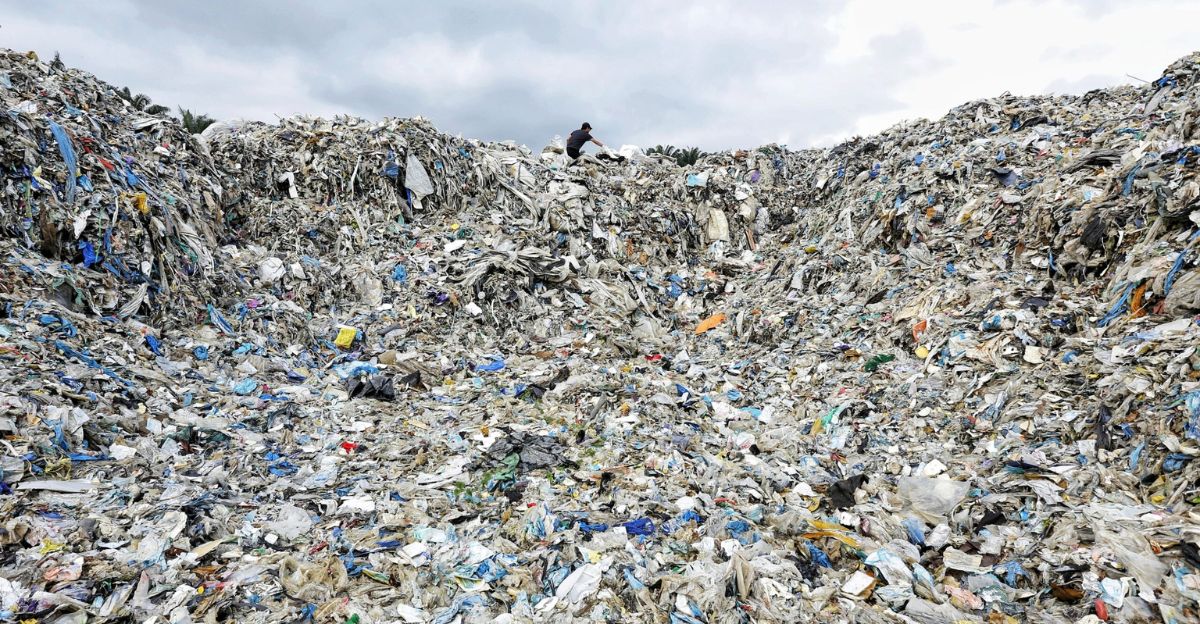
For decades, California’s recycling program had depended on exporting its waste. Now, with the Malaysian ban, more than 10 million pounds of plastic trash, which will build up over time, has nowhere to go but into local dumps or warehouses.
Recycling plants are full to capacity, and cities face mounting costs as bales of unwashed, unsorted plastic pile up (The Los Angeles Times, 2025). Now the question is: Can California recycle its own trash, or will it choke on its own rubbish?
Endangered Wildlife—Plastic Stacks Become Death Traps
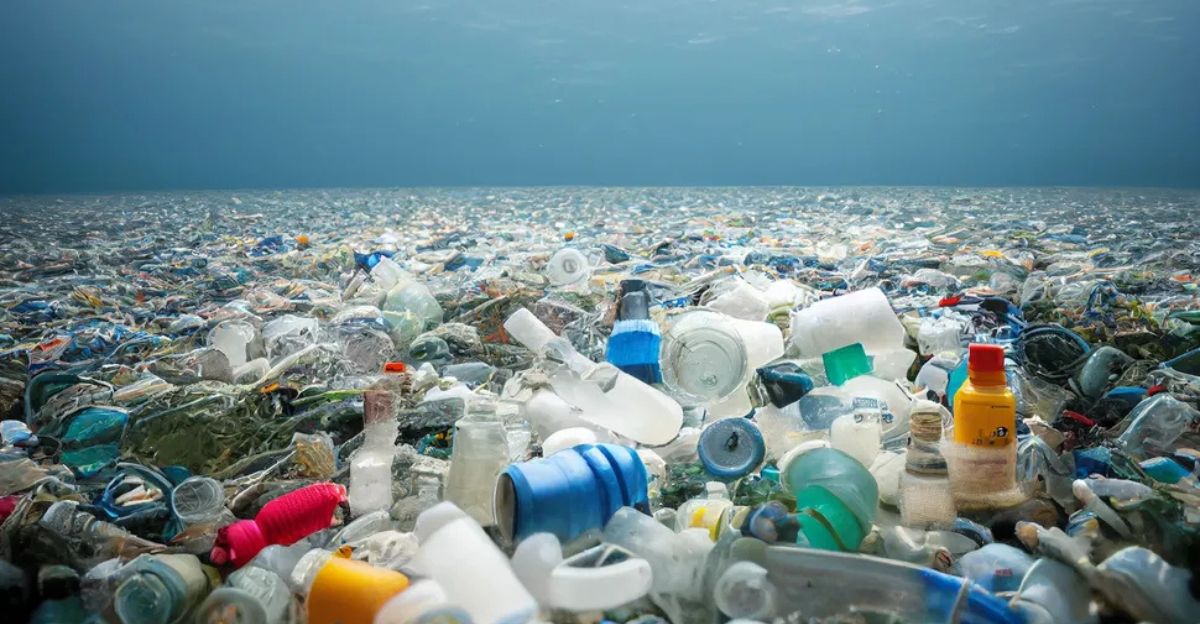
The environmental impact is critical. As plastic waste accumulates, indigenous wildlife is endangered in new ways. According to an article published in The Los Angeles Times, sea lions, seals, and sea birds have already succumbed to entanglement and regular plastic consumption.
With additional plastic stuck stateside, the threat to wildlife grows exponentially. Marine mammals will likely swallow plastic bags, starving from the lack of space in their debris-filled stomachs.
The Ripple Spreads—Microplastics, Toxicants, and Human Health
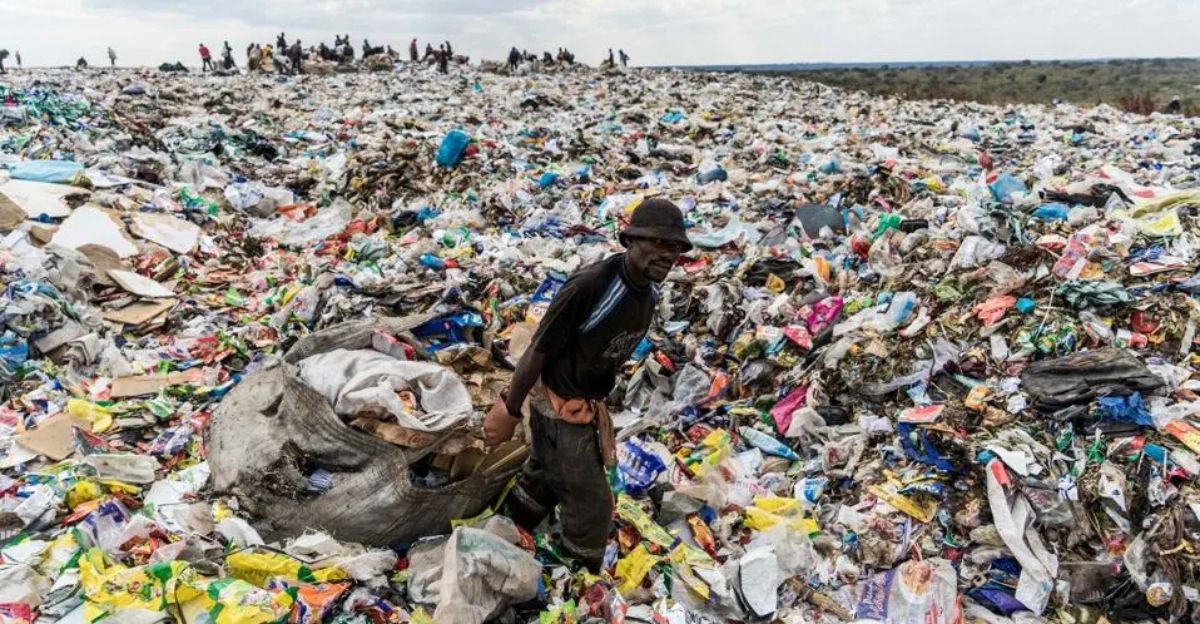
The crisis is environmental, too. When plastic breaks down, microplastics reach California’s rivers, soil, and ecosystems. According to a 2015 UC Davis study (published in Scientific Reports), roughly 25% of fish sold in California markets contain human-made synthetic fibers. As yet more plastic piles up, the threat of microplastics becomes a pressing public health concern, not just an environmental one.
Science, Startups, and Scramble—The Solutions Sprint
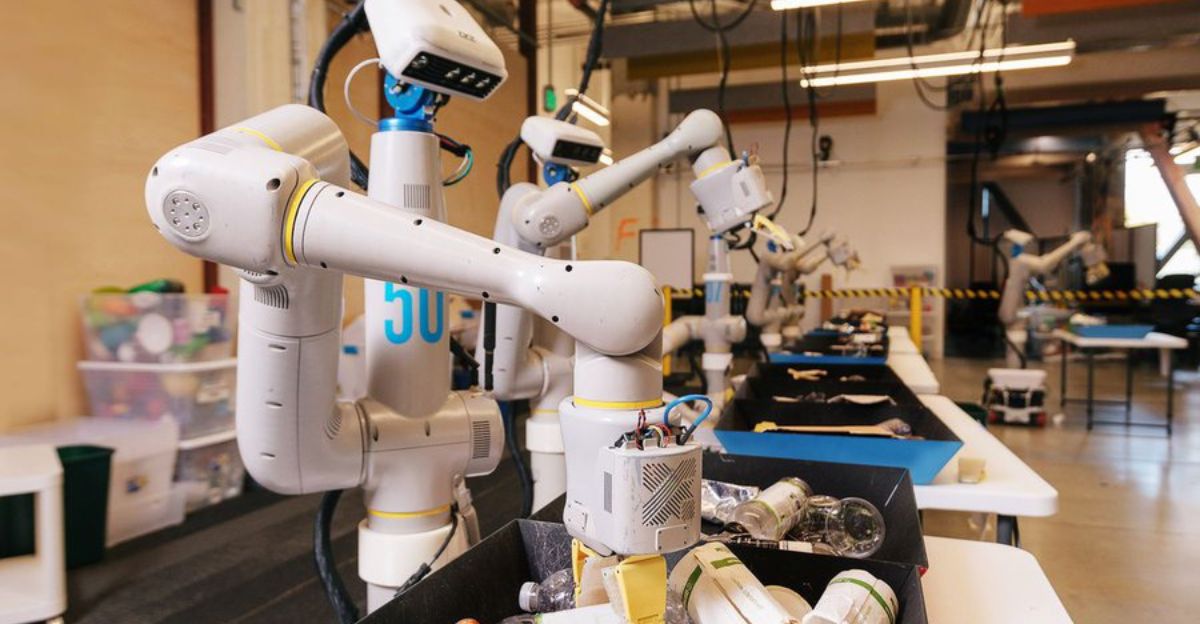
Behind the political scenes, the ban has driven innovation. Startups are racing to develop new recycling technology, from AI-powered sorting robots (GeekWire, 2025) to chemical recycling that breaks down plastics into reusable molecules (Waste Dive, 2025).
Universities and research labs, such as USC and UC Berkeley, are experimenting with biodegradable substitutes. Waste firms rush to retrofit factories and find new markets. However, overall, there’s a wide gap between promise and delivery.
The World Trade in Waste—A Corrupt System Revealed
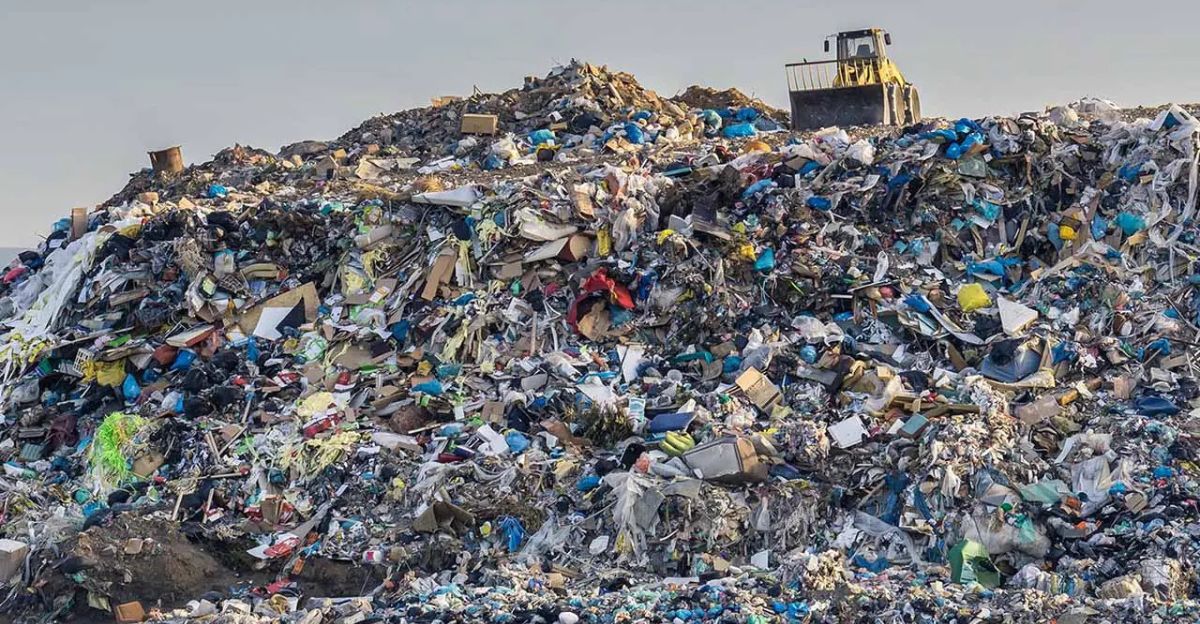
Malaysia’s move is part of a bigger story: more nations, from Thailand to Vietnam, refuse waste imports, forcing affluent nations to face the true scope of their consumption (The Los Angeles Times, 2025). The global waste trade, once a pleasant safety net, is officially crumbling.
Now, as the era of “outsource and forget” ends, the Western world must confront the environmental and social challenges of its own consumption and waste disposal practices.
Californians Speak Out
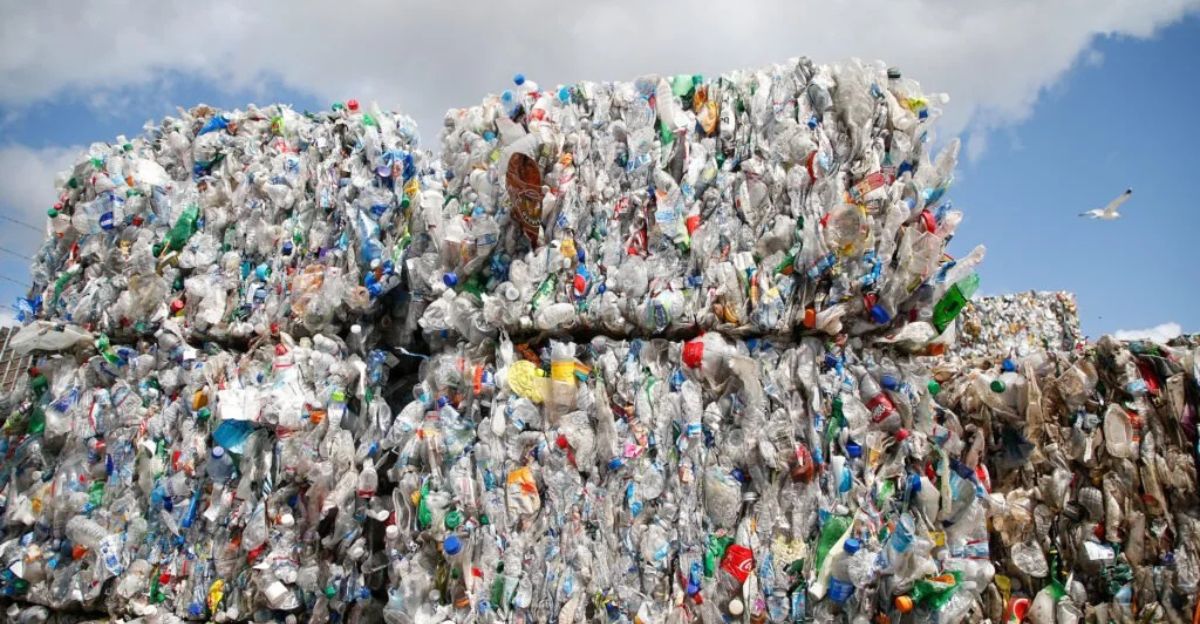
The public backlash is intense, and locals insist on being heard. On community forums and social media platforms, Californians vent their frustration over overflowing bins and failed recycling promises.
“We thought we were recycling, but it was all exported trash,” is a common sentiment on Reddit threads.
However, others have rallied and begun organizing beach cleanups, posting DIY tutorials on TikTok on how to minimize waste, and now demanding transparency from city officials.
Legislators in the Hot Seat—Policy, Politics, and New Proposals
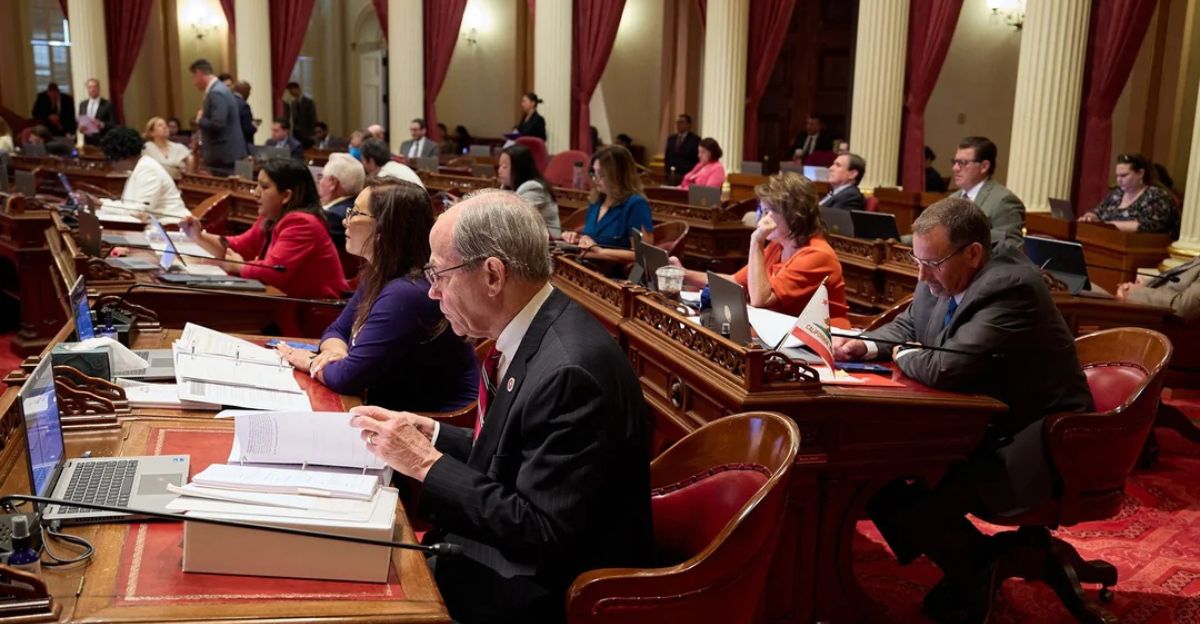
Politicians are in a rush to address the crisis. California legislators debate stricter responsibility laws, bans on single-use plastics, and new investments in domestic recycling facilities (The Los Angeles Times, 2025). In Washington, officials face increasing calls for the U.S. to ratify the Basel Convention and take responsibility for its waste exports. Campaigners demand bold action, as lobbying groups threaten economic meltdown.
Taking Action in a Plastic-Choked State
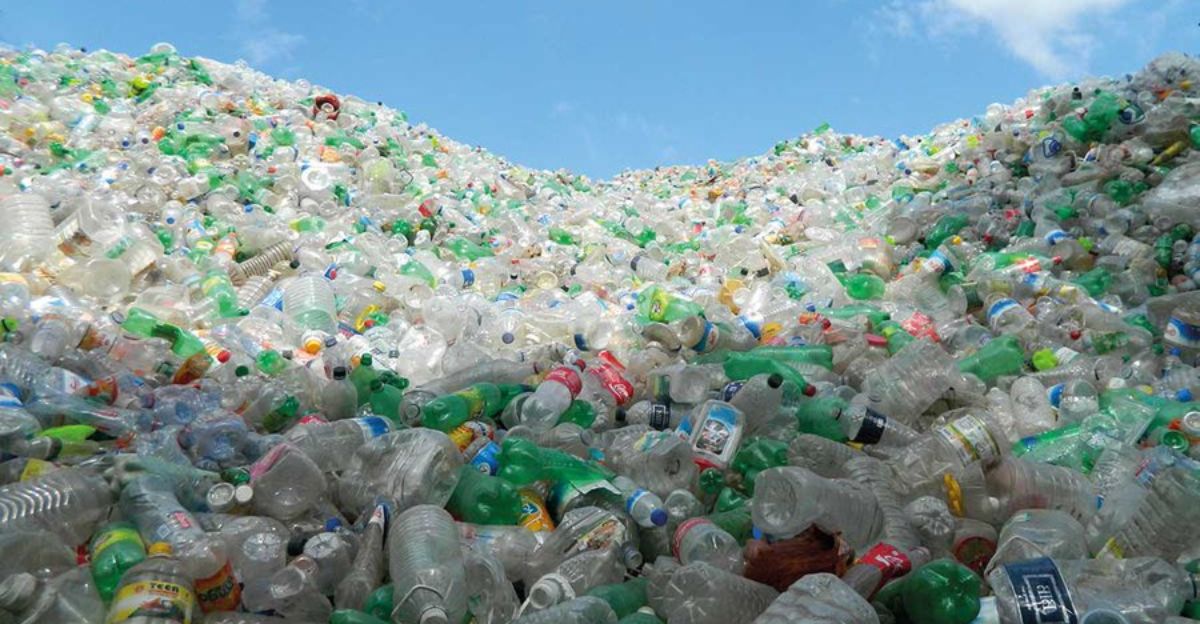
With exports suspended, California must rethink its relationship with plastic. This means cutting back on single-use plastics, investing in recycling efforts, and demanding that brands offer sustainable packaging.
Further, state and city officials can invest in composting, enact sorting mandates, support eco-friendly start-ups, and move towards a circular economy, where waste is completely eliminated.
While the crisis feels insurmountable, there’s a way to combat it and protect wildlife and humans alike.
The Lesson—A Turning Point for California, and the World
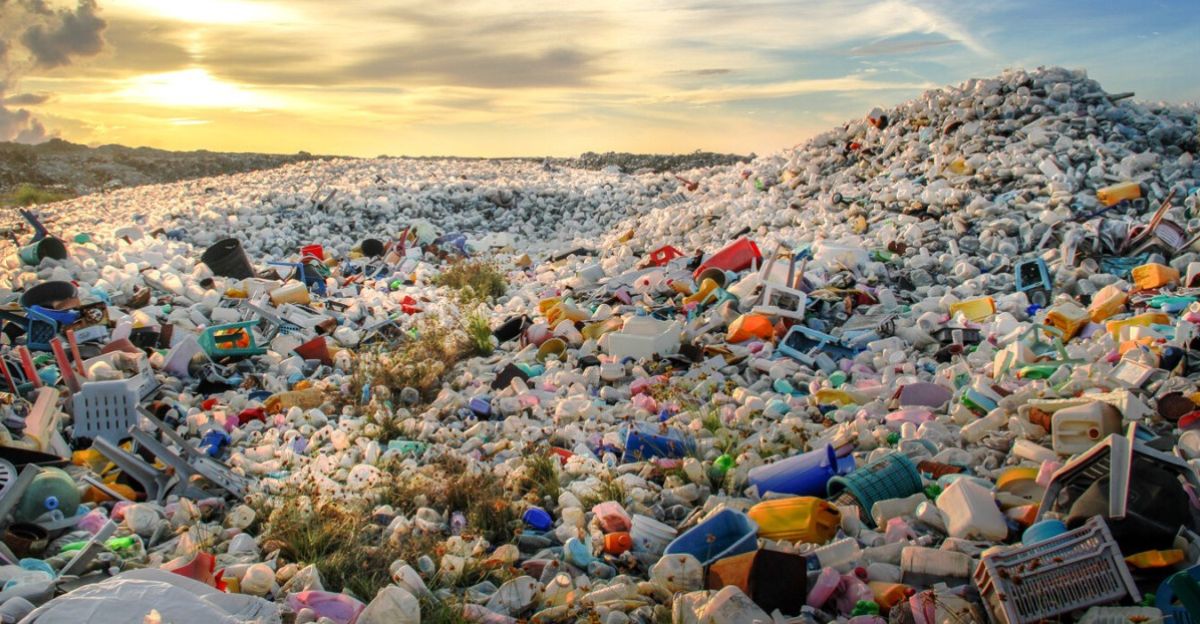
Malaysia’s announcement isn’t just a sensational headline—it’s a turning point in global waste management. The ripple effect flows from Southeast Asia to the shores of California, exposing the hidden costs of disposability.
The future will be shaped by how we respond: with denial and delay, or with innovation and responsibility. For California, the state can turn this crisis into an opportunity, or risk being overwhelmed by its own waste.







